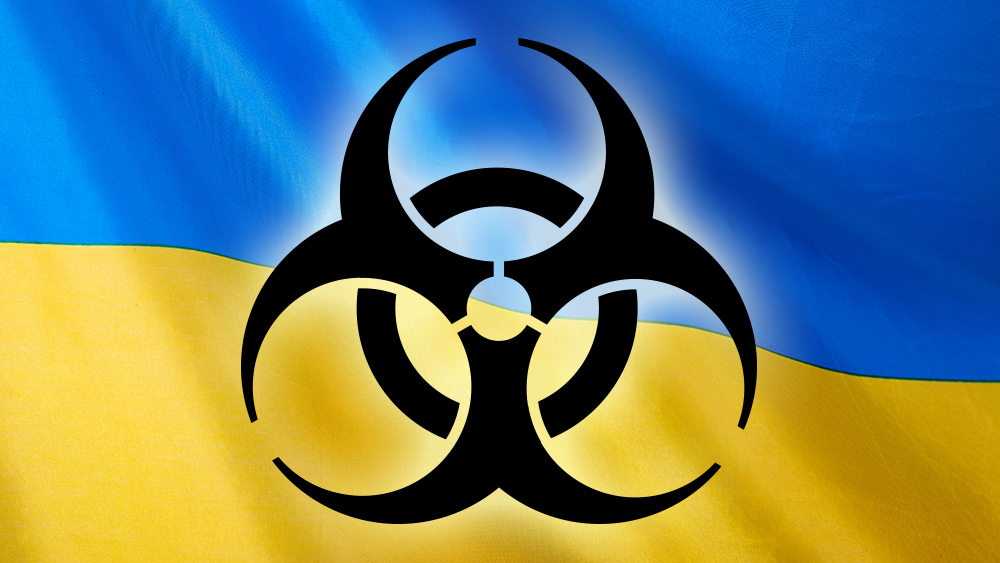Ancient natural substance may be the newest treatment for cancer: Scorpion venom found to be effective at identifying brain tumors
11/27/2017 / By Frances Bloomfield

In 2014, brain cancer physician and Fred Hutchinson Cancer Research Center researcher Dr. Jim Olson unveiled a new approach to battling cancer. Dubbed “Tumor Paint,” the substance works by seeking and attaching itself to tumor cells, illuminating these cells to make them easier for surgeons to cut out. This technique has proven to work on cancers of the brain, colon, breast, skin, and prostate. According to Olson, the efficacy of tumor paint lies in its main ingredient: chlorotoxin, a toxin found in the venom of Leiurus quinquestriatus, more commonly known as the deathstalker scorpion.
Speaking to Wired.com, Olson explained that the idea behind Tumor Paint originated from a case where a 17-year-old girl who had undergone brain tumor surgery was revealed to have a minuscule chunk of cancer cells remaining inside her. Olson was approached by the girl’s neurosurgeon, one Richard Ellenbogen, who asked Olson for “some way to help us see these cancers better.”
Working with then-neurosurgery resident Patrik Gabikian, Olson searched for a molecule that could light up cancer cells and leave healthy cells unaffected. On Gabikian’s suggestion, the two looked into chlorotoxin, itself a substance that was already being widely used in various ancient medicinal practices. Among these are as a treatment for mumps and for tetanus in Imperial China, and as a remedy for arthritic joints in some corners in rural India.
Though obtaining chlorotoxin proved to be a pricey endeavor, Olson discovered that the peptide had numerous advantages. First, it clung to different types of cancer, from cancer that affected the skin to cancer that damaged lungs. Second, chlorotoxin could cross the blood-brain barrier, a highly selective, semi-permeable membrane that defends the brain from chemicals. This meant that chlorotoxin could be delivered into the body through intravenous administration instead of injecting it directly into the brain. Third, chlorotoxin could light up cancer cells that would have otherwise gone unnoticed by modern technology, such as those buried under fat.
“That was the point we learned that the technology was far more sensitive than an MRI,” said Olson.
The sensitivity of Tumor Paint is such that the Seattle Children’s Hospital has used it in over a dozen brain surgeries. Of the patients whose surgeries were performed with BLZ-100 Tumor Paint (its brand name), none have had experienced nor displayed any negative side effects.
“We have been excited to see that BLZ-100 Tumor Paint is binding to many different types of brain tumors in children and so far has not resulted in any side effects. We are optimistic that in the future it could be an incredible tool when placed in the expert hands of a neurosurgeon that could lead to improved patient outcomes,” said Dr. Sarah Leary, Seattle Children’s oncologist and principal investigator of the trial using Tumor Paint.
Dr. Amy Lee, lead neurosurgeon of the trial, added: “We believe BLZ-100 Tumor Paint holds tremendous potential and eventually could be a valuable aid for surgeons in differentiating tumor from healthy tissue, particularly when there are areas of question.”
Laura Coffman, whose son Hunter Coffman was part of the trial, has spoken glowingly of Tumor Paint as well. “Brain surgery is not something you ever want to think about your child going through, but if that dreadful day ever comes, you definitely want a tool like Tumor Paint that could help guide the surgeon in making potentially life-altering decisions,” she stated.
Following the trial, Leary has said that the next step will be to ascertain the efficacy of Tumor Paint using a larger collaborative study. This study will involve 15 of the top pediatric brain tumor centers in the United States.
To keep up to date with Tumor Paint, simply visit CancerSolutions.news today.
Sources include:
Submit a correction >>
Tagged Under:
alternative cancer treatment, BLZ-100 Tumor Paint, brain cancer, cancer, cancer detection, chlorotoxin, discoveries, future tech, scorpion venom, Tumor Paint
This article may contain statements that reflect the opinion of the author
RECENT NEWS & ARTICLES
COPYRIGHT © 2017 RESEARCH NEWS





















